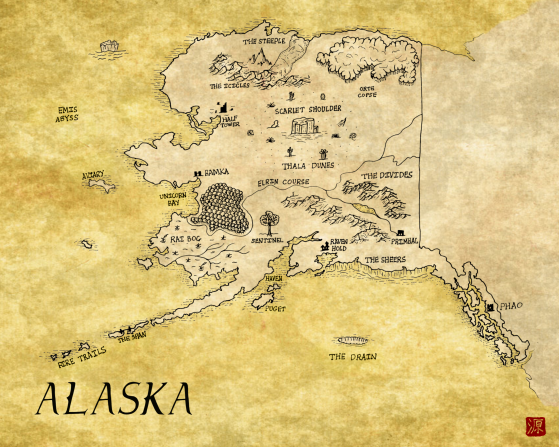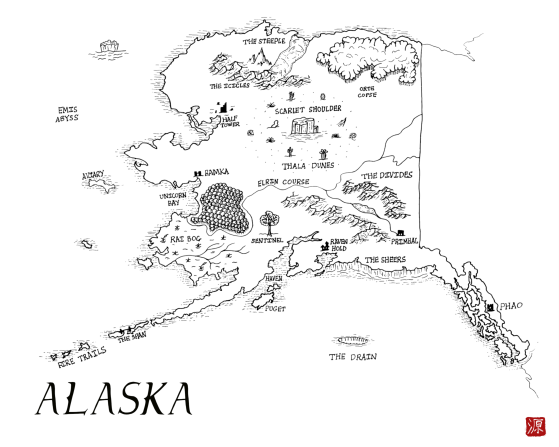Alaska
In the Paleolithic era, migrants from Asia moved into present-day North America across the Bering Land Bridge, which is contiguous with western Alaska. The migrations occurred in waves and as a result, Alaska is still home to diverse peoples. The Aleuts settled on islands, developing raincoats and skin kayaks that modern fiberglass kayaks are modeled on. Their name came from colonial usage and although many Aleut now use this name, traditionally, they called themselves Unangax, which means “coast people.” The word Alaska derives from the Aleut work Alaxsxaq, which means something close to “mainland.” The Tlingit (“People of the Tides”) settled on the coasts and built enormous cedar canoes, sixty feet long. The Inupiat (plural of “real or genuine person”), like other Inuit groups, developed from the earlier Thule culture, which began in Alaska and eventually expanded east to reach present-day Greenland. Today, indigenous peoples represent upwards of 15% of Alaska’s population.

